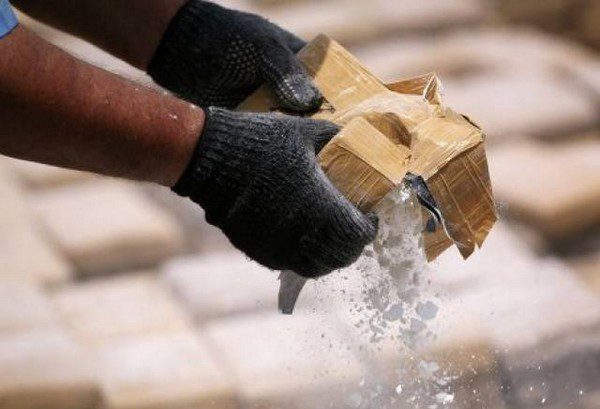Narcotics Control Bureau (NCB) Mumbai has busted an inter-state drug trafficking syndicate supplying drugs in Dharavi, Mumbai. Five persons have also been arrested in a well-coordinated operation conducted over four days, as informed by the NCB.
A total of illicitly diverted 1407 CBCS bottles (140 kgs) and 6000 Nitrazepam tablets (3.6 kgs) were seized from Mumbai, Thane, and Navi Mumbai in multiple on-field operations, confirmed by the NCB.
NCB had information from internal sources that a Mumbai-based syndicate was actively involved in the inter-state trafficking of illicitly diverted pharmaceutical drugs.
According to NCB during the investigation, a couple Z.Qureshi and S.Z.Qureshi was identified as based in Kopar khairane, Navi Mumbai who was allegedly dealing in the procurement and supply of drugs. Later it was found, that they used to store drugs on the premise of Kopar khairane. Moreover, they were distributing the drugs mainly in Dharavi, Mumbai.
Based on the specific output, 920 CBCS bottles were seized from their possession.
The couple arrested by NCB revealed that they used to procure the drugs from a person named R. Singh during the interrogation.
According to NCB, a trap was laid to apprehend Singh at Sion. Soon, Singh was apprehended and confessed his involvement as a carrier in operation and street-level peddling. He was also managing the logistical support to other persons for the movement and distribution of the drugs.
After interrogating the said three persons, more drug-deal information was intercepted. Another distributor from Mira Road was obtained. On the basis of that, discreet surveillance was mounted in Mira Road, Thane area.
Subsequent intelligence confirmed that a person named D. Kaushal was arriving with a consignment for handover. As soon as the suspect arrived on Mira road, Thane, he was immediately intercepted and 6000 Nitrazepam tablets and 7 CBCS bottles were recovered. During further investigation, a person named Pandey based in the Kandivali area of Mumbai was identified. He was involved in procurement and further illicit drug supply in Mumbai.
Tactful management and specific intelligence confirmed that he was to deliver a CBCS consignment on December 12. Immediately, another follow-up field operation was launched.
The team waited for Pandey to arrive for the said delivery. In a short while, Pandey confirmed his arrival and as the NCB team physically confirmed his presence with consignment, he was intercepted. During a search, 480 CBCS bottles were seized from him.
The investigation has indicated that the syndicate has linkages with inter-state suppliers and the drugs were being procured through Dharavi. Some of the suspects are already arrested by the police. (ANI)
Read More: http://13.232.95.176



